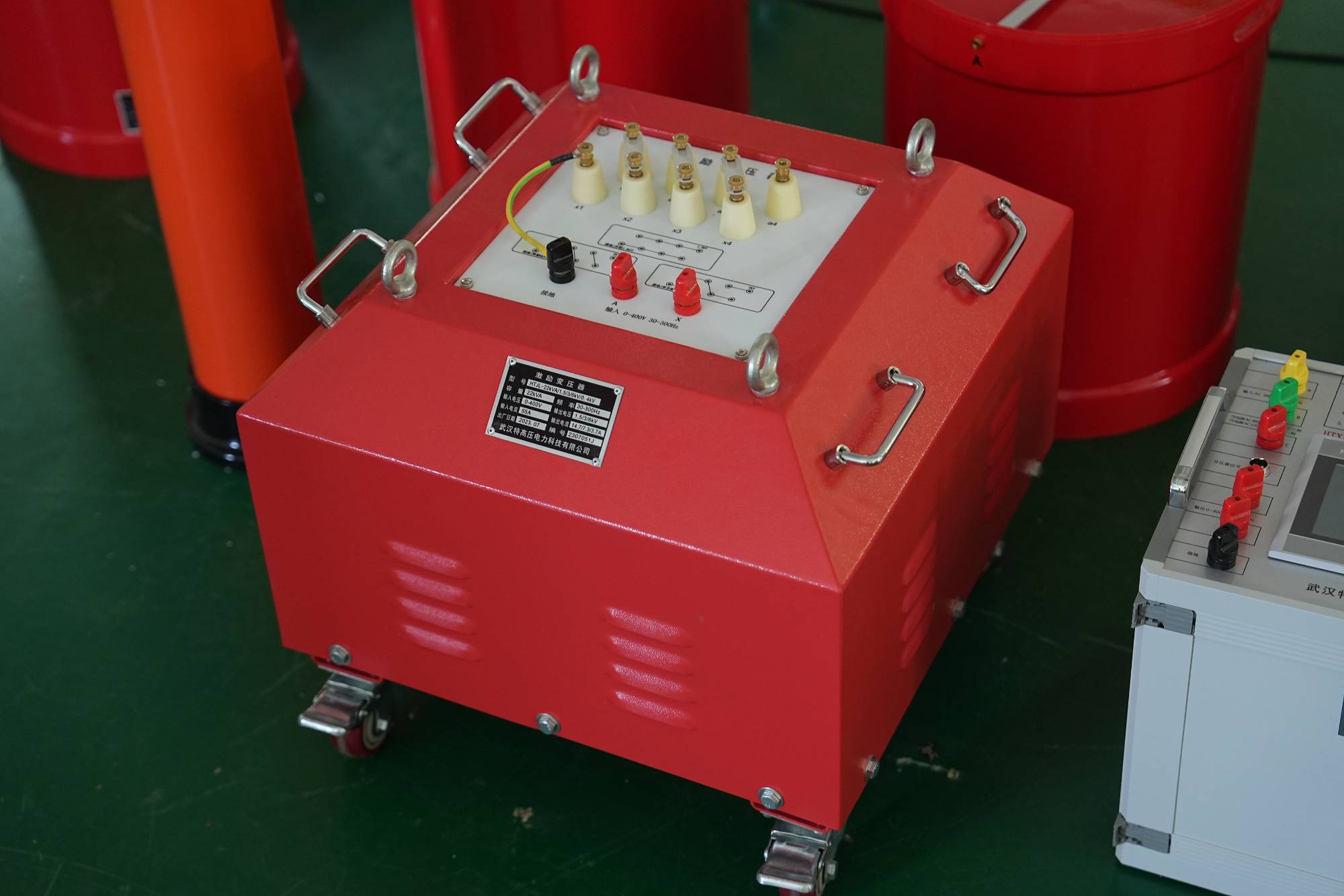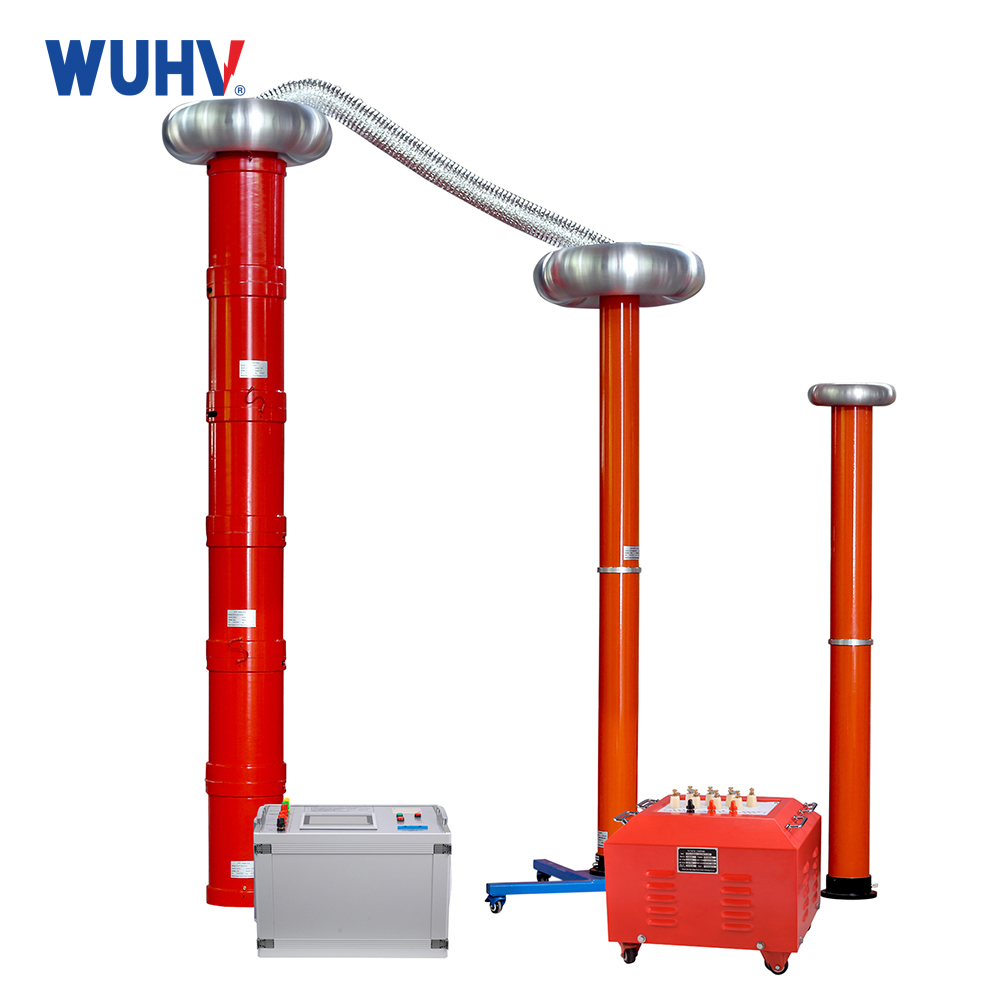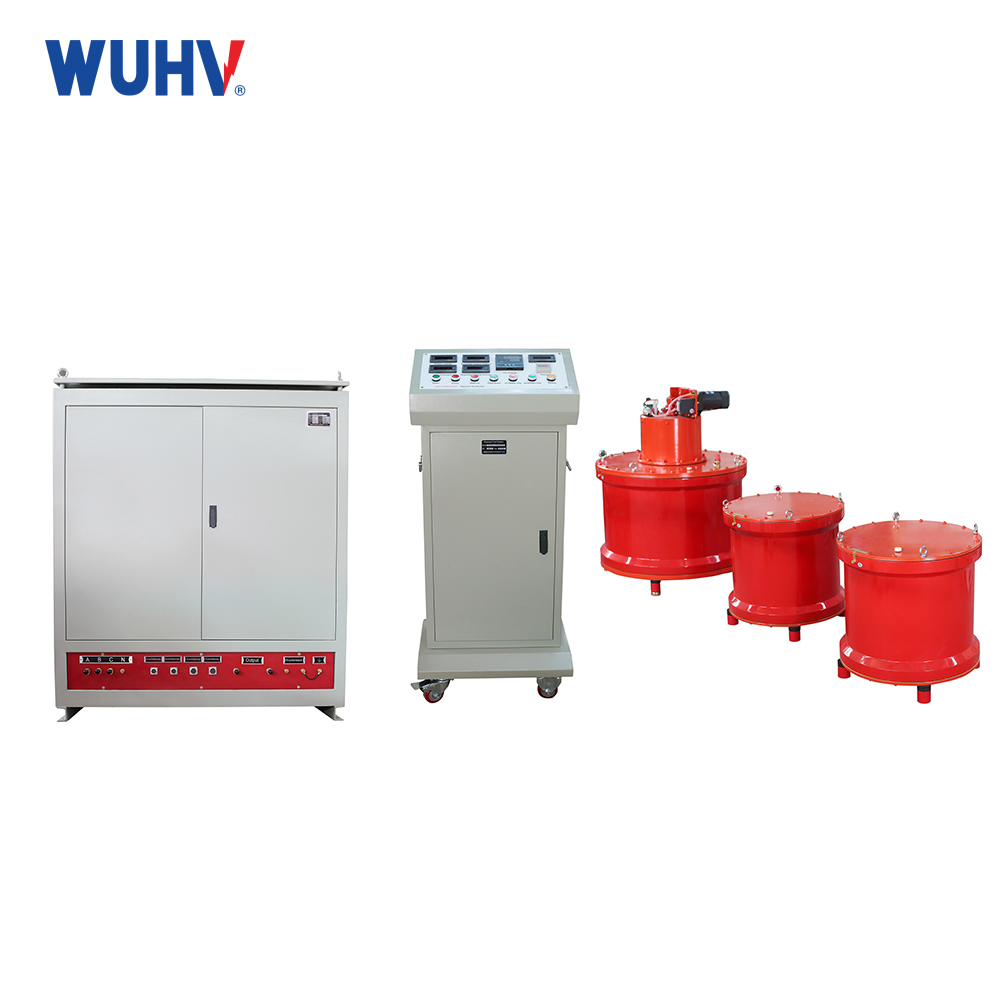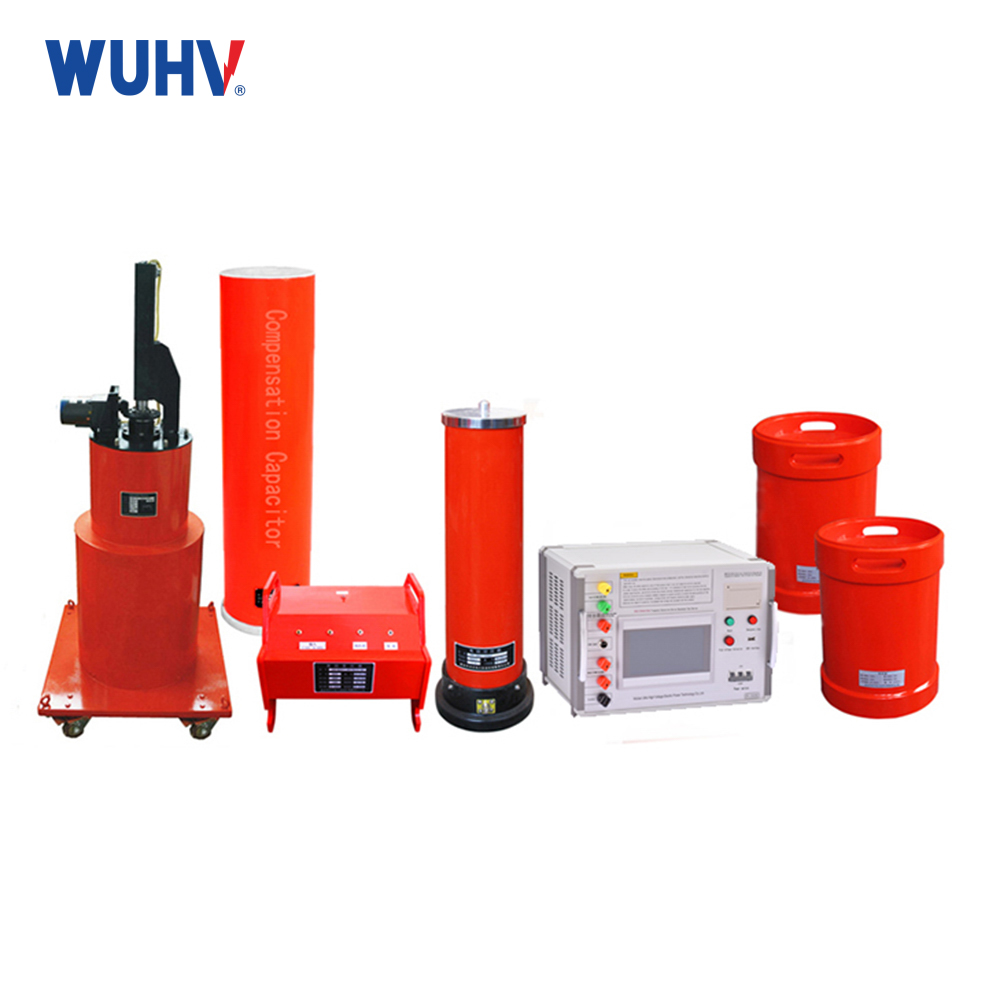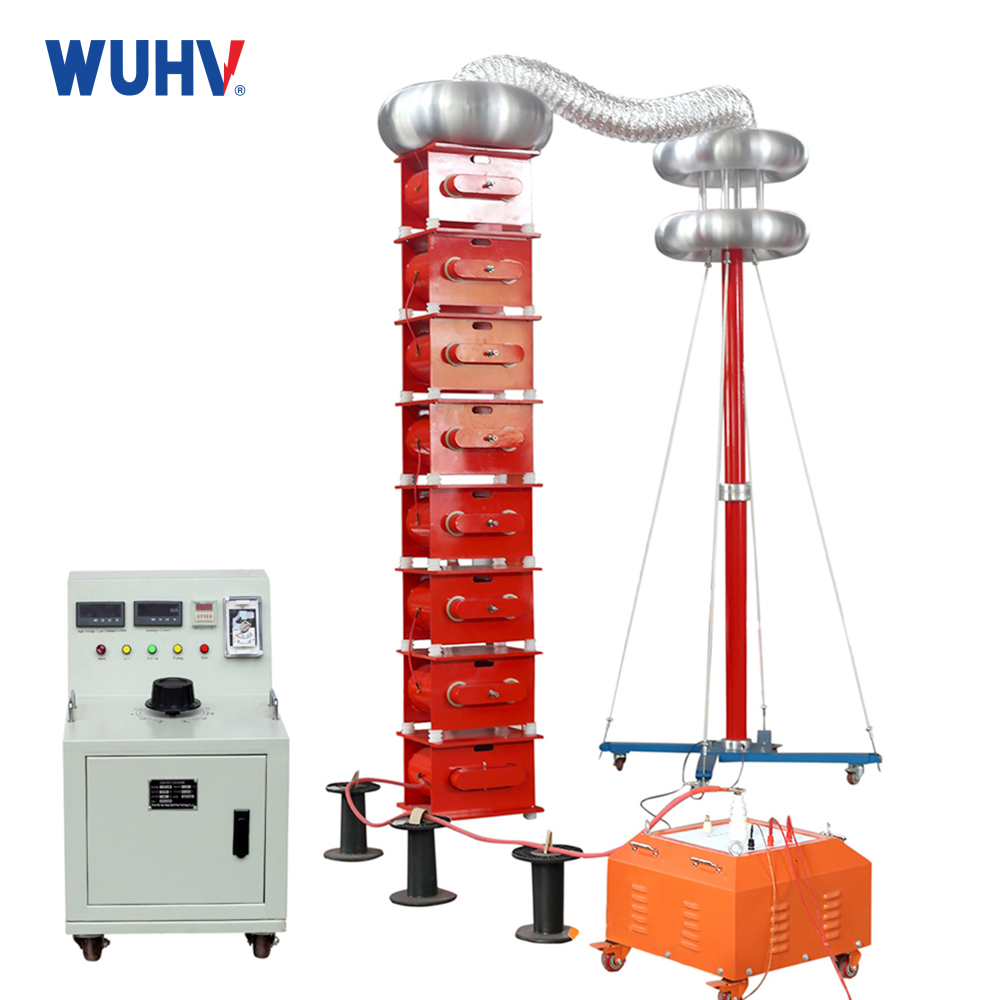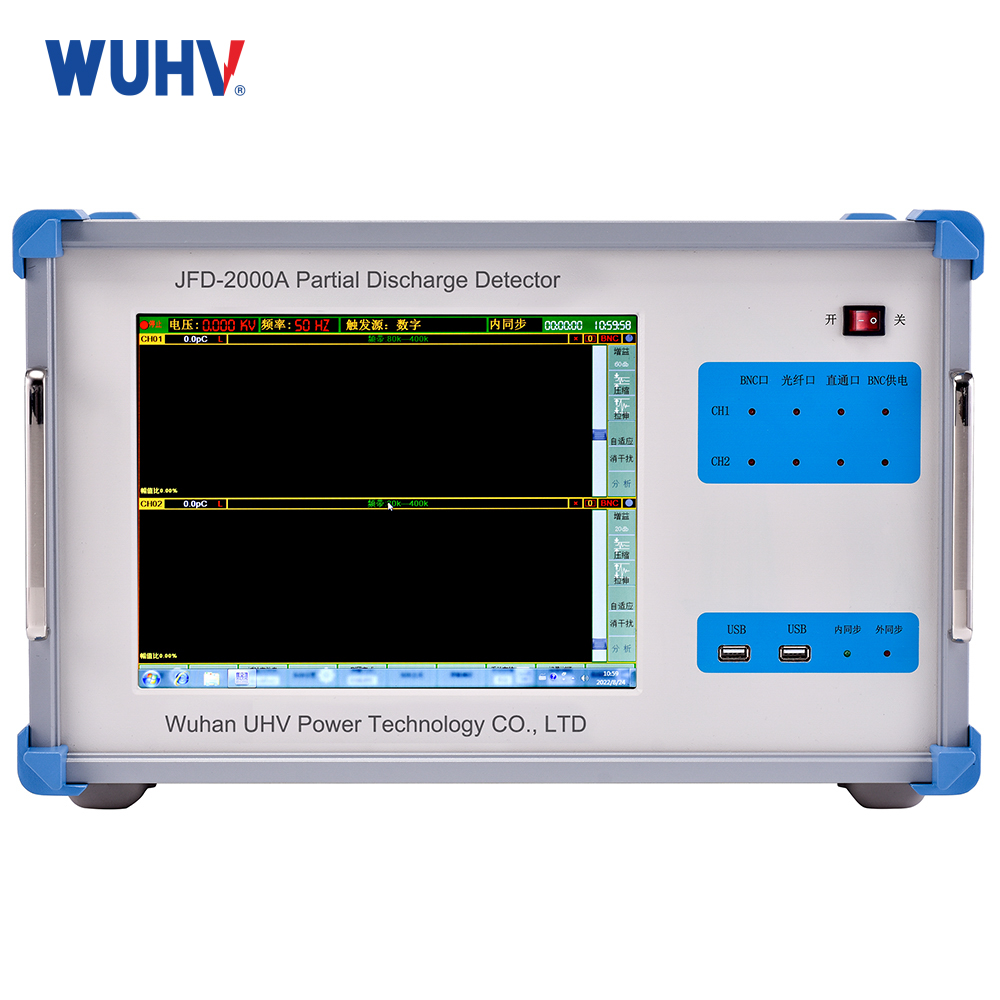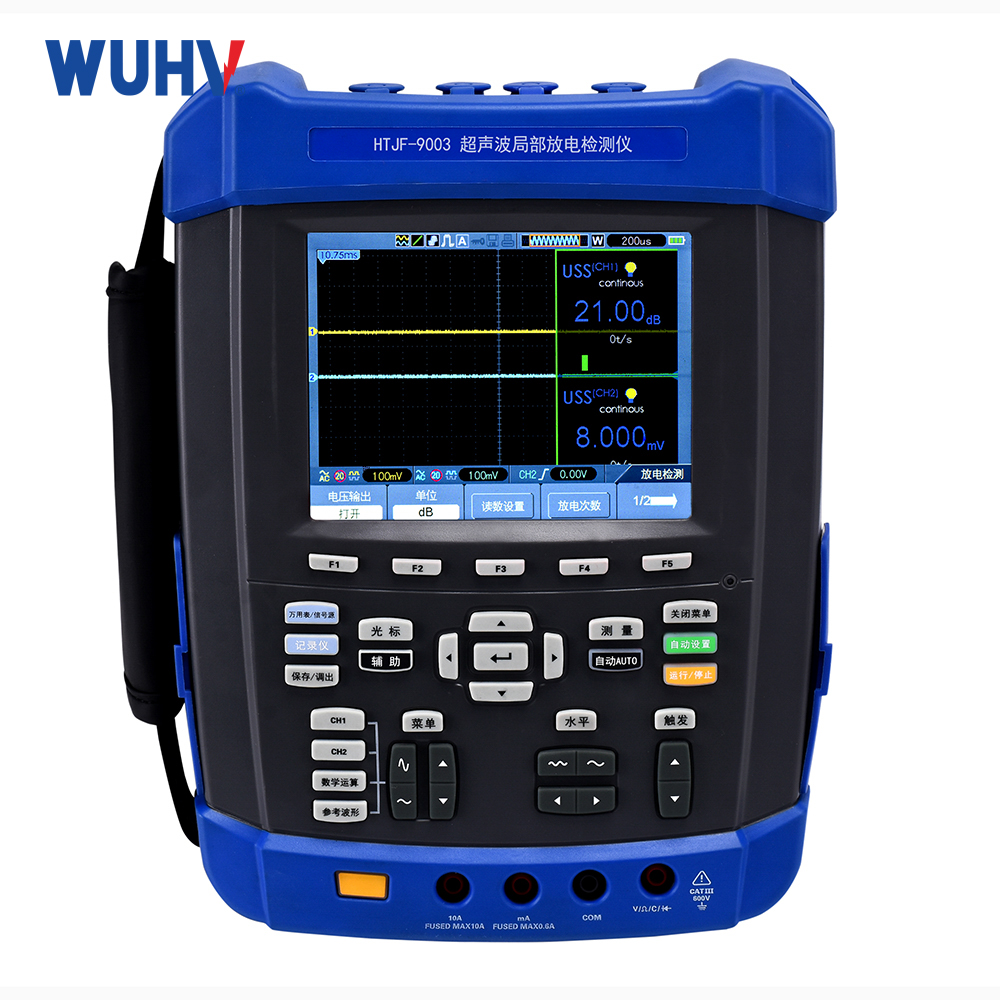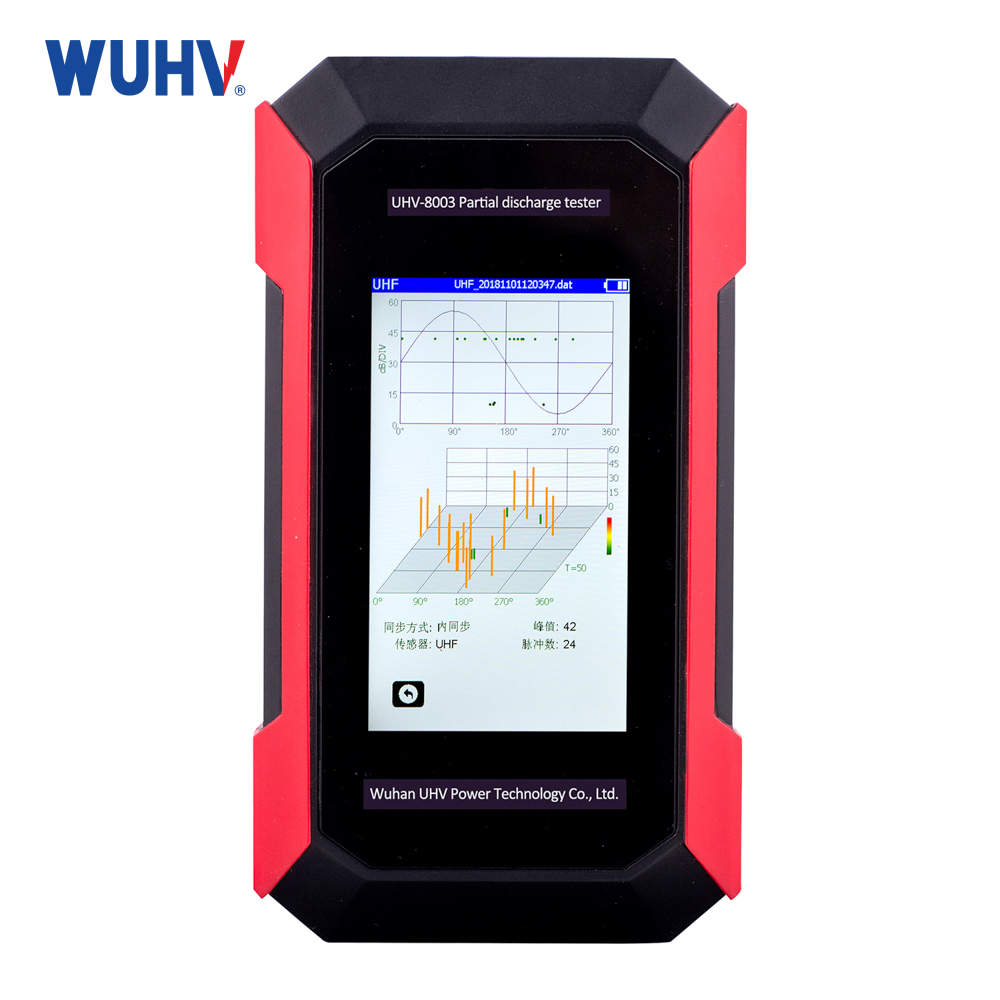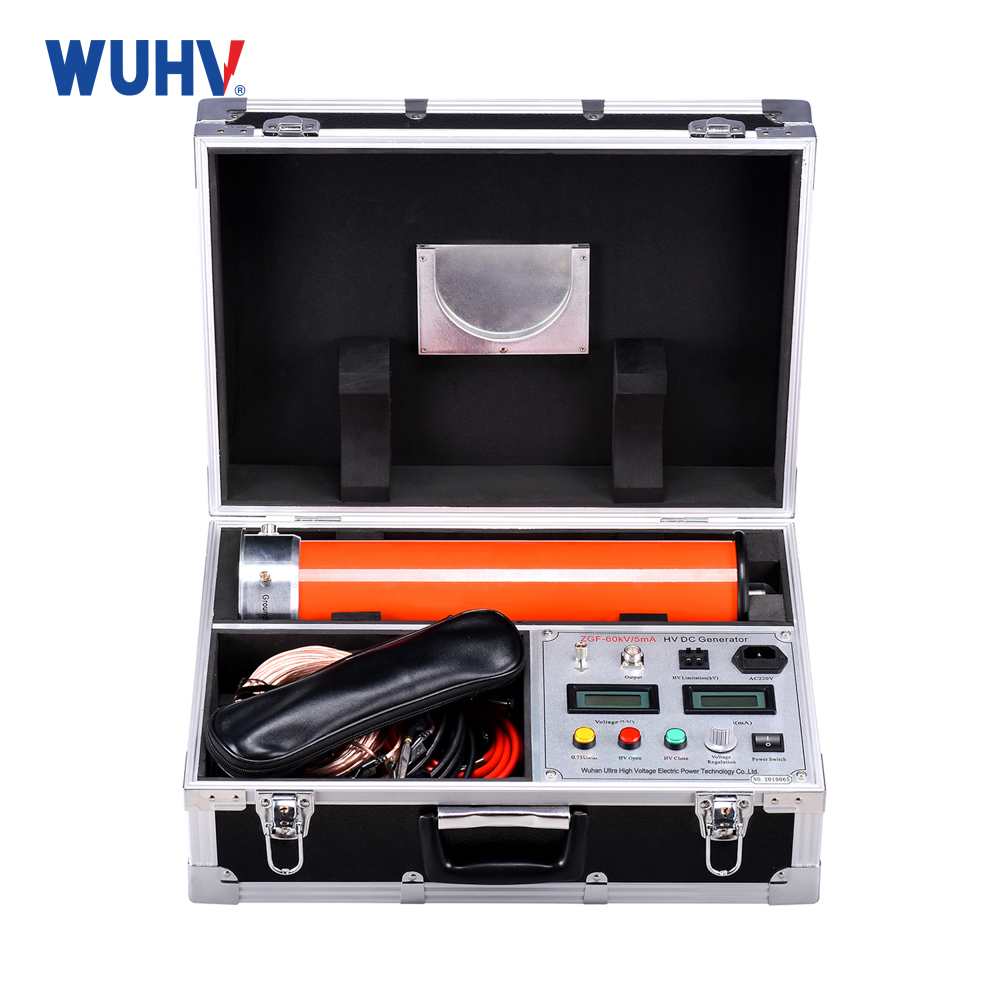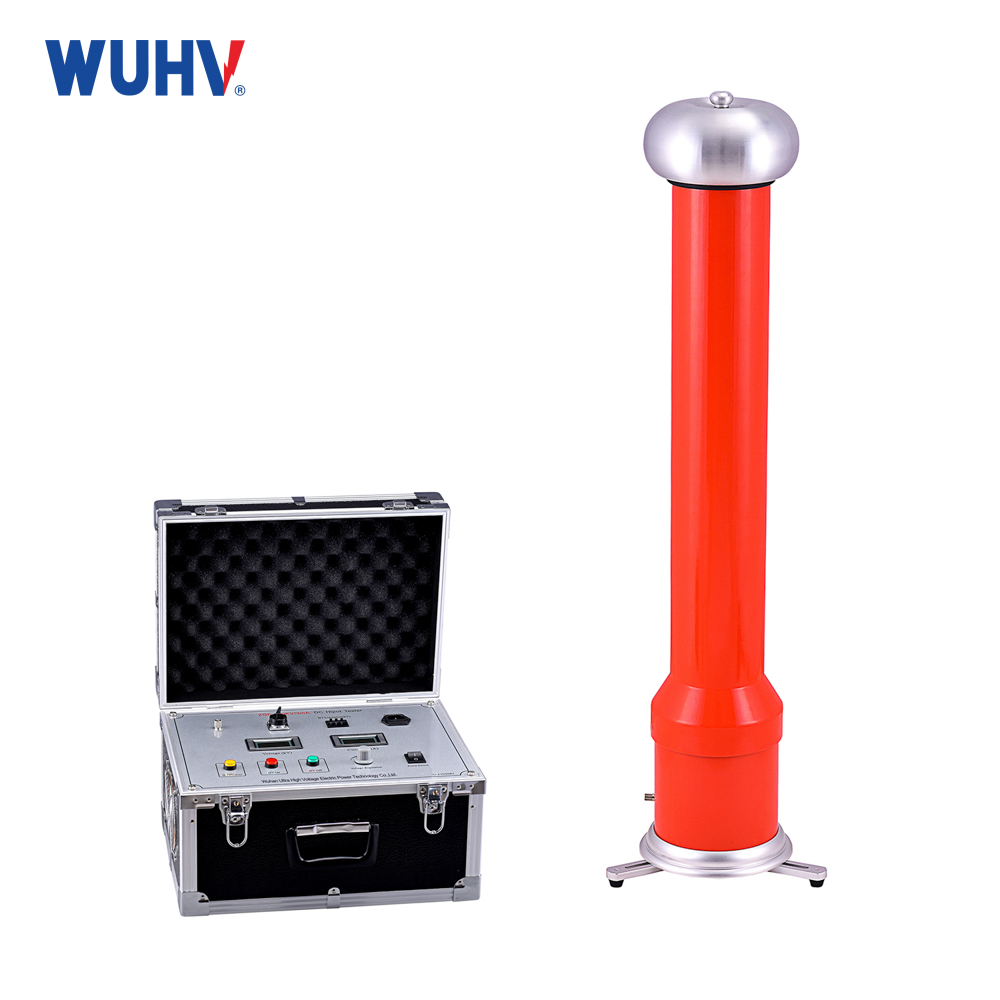Wuhan UHV specializes in producingseries resonance (also known as AC voltage withstand test device). Next, we will share with you the precautions for AC voltage withstand test.
Precautions for communication withstand voltage test:
1. Before conducting the AC withstand voltage test, the outer insulation surface of the test object should be wiped clean. For oil filled equipment, the oil should be allowed to stand still for a period of time according to regulations to eliminate any residual air inside.
2. The AC withstand voltage test is a destructive test that must be conducted only after all insulation test items have passed the test.
3. During the boosting process, the voltage rises slowly while the current rises sharply. This may be due to the presence of a short circuit or similar situation in the tested equipment, or it may be due to the tested equipment having a large capacity or approaching resonance.
4. During the boosting process, the current decreases while the voltage remains basically unchanged or shows a downward trend, which may be due to excessive experimental load and insufficient power supply capacity. This is particularly important when using external power sources or portable generators over long distances.
5. The test samples connected to the test transformer are mostly capacitive. During the AC withstand voltage test, the capacitive current generates leakage voltage drop on the winding, causing the actual voltage value applied to the test sample to exceed the voltage value that should be output on the high-voltage side calculated according to the transformation ratio, resulting in capacitance rise effect. Therefore, when conducting AC withstand voltage tests on test samples with large capacitance, it is required to directly measure the test voltage at the end of the test sample to prevent it from being subjected to excessive voltage.
6. Test transformers should generally be used within the specified rated voltage range, avoiding use in the saturated part of the iron core.


